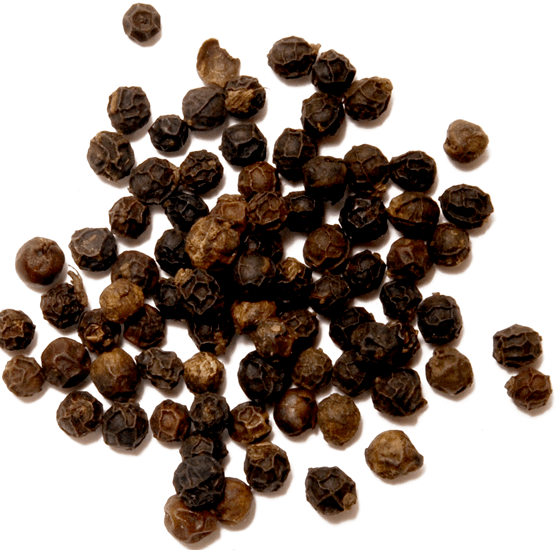Frostbite
Definition:
Frostbite is an injury caused by freezing of the skin and underlying tissues. First your skin becomes very cold and red, then numb, hard and pale. Frostbite is most common on the fingers, toes, nose, ears, cheeks and chin. Exposed skin in cold, windy weather is most vulnerable to frostbite. But frostbite can occur on skin covered by gloves or other clothing.
Frostnip, the first stage of frostbite, doesn’t cause permanent skin damage. You can treat very mild frostbite with first-aid measures, including rewarming your skin. All other frostbite requires medical attention because it can damage skin, tissues, muscle and bones. Possible complications of severe frostbite include infection and nerve damage.
Signs & Symptoms:
The common signs and symptoms of frostbite include:
Numbness in the affected area
Pain
Itchiness or a pricking sensation
Skin discoloration. The skin may become white, red or grayish in color.
Hardening of the skin
Blistering
Stiffness in the muscles and joints
Cause:
Freezing of the skin and underlying tissues leads to frostbite. The most common frostbite causes are exposure to cold weather or ice. You may be at risk for frostbite in case of the following:
Wearing clothes that do not offer adequate protection from cold weather
Leaving the skin uncovered and exposed to cold temperature
Remaining out in cold weather for long periods of time
Touching ice, cold packs or metals which are at freezing temperature
Frostbite may occur either because of loss of body heat or due to direct contact with anything cold.
Loss of Body Heat: Hypothermia occurs when there is severe loss of heat. This can cause the body temperature to drop to dangerous levels. When this happens, there is reduced circulation. The body then tries to protect the vital organs thereby further reducing circulation to the extremities. Due to this drop in circulation, the body temperature reduces further and there is freezing of the tissues.
Direct Contact with Cold: Exposure to anything that is very cold such as ice can lower the body temperature and lead to freezing of the skin and tissue.
Certain factors can elevate the risk of frostbite:
Conditions such as diabetes, dehydration and circulatory problems that affect the ability to feel cold.
Smoking
Consumption of alcohol
Psychological illness which may affect the ability to respond to cold
Previous injuries due to cold
How To Cure:
Even though you may feel the urge to expose the affected areas to direct heat such as a heat lamp or fire, avoid doing so because this may further damage the skin and tissue. The frostbitten areas must be slowly re-warmed.
Exposing the affected area to your own body heat is an effective remedy for frostbite. Place your hands or fingers under your armpits or lie down and curl your body inwards so that warmth is generated.
Avoid placing affected areas under running water as this will only lead to further heat loss.
Avoid drinking alcohol as this can cause the body to lose more heat.
If frostbite has affected your face, place dry, gloved hands over it to generate warmth.
Nicotine in cigarettes can reduce circulation in the body and lead to further complications. Therefore avoid smoking.
Wear loose, comfortable clothing which enables proper circulation in the body. This will aid in quicker recovery of the body parts affected by frostbite.
If you have frostbite on your fingers, remove any jewelry which can hamper circulation and lead to excess swelling.
Fill up a bottle with hot water and roll it under your feet. This will help to warm up frostbitten toes.
After undergoing the initial treatment for frostbite, immerse the affected areas in warm water to improve circulation and help in healing.
Place a hot compress over the affected area for about three minutes and then use a cold compress for half a minute. This alternating treatment will help to ease symptoms of frostbite in affected areas.
Cayenne pepper contains certain compounds which enhance circulation and alleviates pain that occurs because of frostbite.
The pulp from aloe vera leaves is greatly beneficial in soothing frostbitten areas. Fresh aloe vera juice may also be used to relieve the symptoms and aid in healing. When done regularly, this treatment helps to heal frostbite in about seven to ten days.
Gently rub frostbitten areas with the inside of a banana peel.
Nourishing oils such as olive oil or peppermint oil can also be used to treat areas affected by frostbite.
The herb horsetail contains silica which helps in the formation of collagen. This is beneficial in repair of skin tissues. Collagen is a type of protein which aids in the regeneration of the skin, underlying tissue, cartilage and bone.
Rose hip is another beneficial herb which is high in vitamin C content. Vitamin C helps in the growth and regeneration of skin cells.
Make a paste of mullein flowers, add a small amount of olive oil and apply to the affected areas. This is helpful in alleviating the symptoms of frostbite.
Apply a layer of warm olive oil to the affected area.
Sage is known to be effective in curing frostbite. Add a teaspoon of sage in one cup of water and bring to a boil. Drinking this tea for relief from frostbite.
Dab a small amount of witch hazel to the affected areas.


